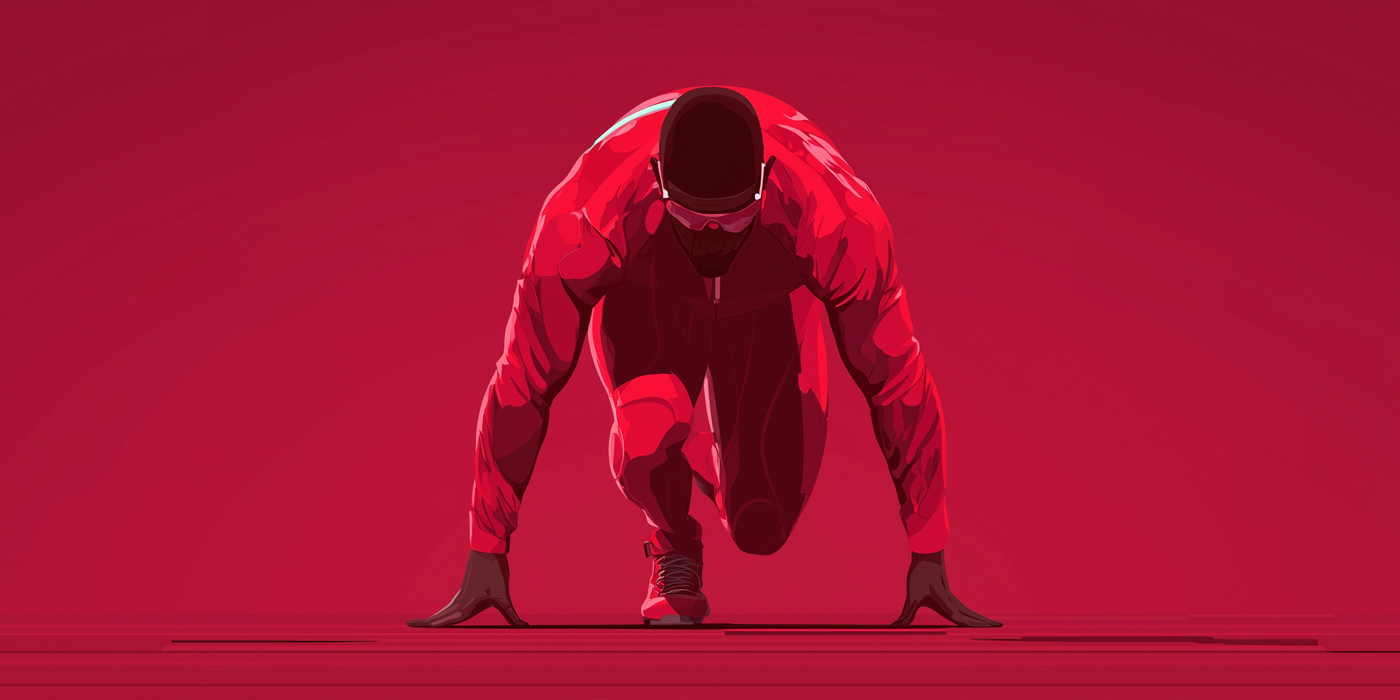In our meetings, we often discuss Step One as it relates to powerlessness, but we seldom talk about the second half of Step One—unmanageability—in terms of insanity. Step Two states that we can be “restored to sanity”—so that must mean we are having problems with insanity to begin with! How gentle Bill W. was with us when he wrote “unmanageable” in Step One instead of coming right out and saying “Our lives had become insane!”
However, Bill does use the word “insanity” in other parts of the Big Book. Concerning Jim, the car salesman who gets drunk in a bar, he writes: “He had much knowledge about himself as an alcoholic. Yet all reasons for not drinking were easily pushed aside in favor of the foolish idea that he could take whiskey if only he mixed it with milk!
“Whatever the precise definition of the word may be, we call this plain insanity. How can such a lack of proportion, of the ability to think straight, be called anything else?” (AA 36-37)
In speaking about the jaywalker, Bill says: “Our behavior is as absurd and incomprehensible with respect to the first drink as that of an individual with a passion, say, for jay-walking. He gets a thrill out of skipping in front of fast-moving vehicles. He enjoys himself for a few years in spite of friendly warnings … Such a man maybe would be crazy, wouldn’t he? …
“You may think our illustration is too ridiculous. But is it? We, who have been through the wringer, have to admit if we substituted alcoholism for jay-walking, the illustration would fit us exactly. However intelligent we may have been in other respects, where alcohol has been involved, we have been strangely insane. It’s strong language—but isn’t it true?” (AA 37-38)
The SA literature uses the word “insanity” in regard to Step One: “…our First Step had revealed at least some of our irrational thinking and behavior. And we slowly began to realize that such loss of control was a form of insanity” (SA 90).
What is this insanity? I believe there are two aspects of insanity: hallucinations and delusions. Let us first examine the aspect of hallucinations. How well I know this form! For me, “hallucinations” could be auditory or visual. Before recovery, when I saw a beautiful woman smile at me, I often thought I heard her say, “Let’s have sex together.” In reality she was just smiling and not saying a word. Is this not an auditory hallucination?
Especially during my early recovery, I would see men and women fully dressed, and yet for a moment would see them naked in my mind. Is this not a visual hallucination? Although this is not a medical diagnosis, it certainly must be a condition of the First Step that I accept my own insanity before I can become ready to be restored to sanity in Step Two. How can I be restored to sanity if I cannot acknowledge I am insane?
The second aspect of insanity is delusional thinking. We can also call it the obsession of the mind. Bill W. writes about this in a memorial article about Alcoholic #3, Bill D.: “So here we were, talking to Bill, the first ‘man on the bed.’ We told him about our drinking. We hammered it into him that alcoholism was an obsession of the mind, coupled to an allergy of the body. The obsession, we explained, condemned the alcoholic to drink against his will and the allergy, if he went on drinking, could positively guarantee his insanity or death. How to unhook that fatal compulsion, how to restore the alcoholic to sanity, was, of course, the problem” (“He Kept the Faith,” from Language of the Heart, p. 361. Originally printed in AA Grapevine, November 1954).
What is this obsession? As the Big Book explains: “The idea that somehow, someday he will control and enjoy his drinking is the great obsession of every abnormal drinker. The persistence of this illusion is astonishing. Many pursue it into the gates of insanity or death” (AA 30).
In “What Is a Sexaholic and What Is Sexual Sobriety?” Roy makes an explicit parallel with alcoholic thinking. In regard to our sobriety requirement, he states: “This will and should discourage many inquirers who admit to sexual obsession or compulsion but who simply want to control and enjoy it, much as the alcoholic would like to control and enjoy drinking” (SA 4).
On a personal level, I’m relieved to know that I am not “bad” getting “good,” I am insane getting saner. How else can I explain the behavior I participated in until I came into SA? “Therefore the main problem of the alcoholic centers in his mind, rather than in his body” (AA 23). If my problem is in my mind, then what can I do about it?
When an aberrant sexual thought hits my mind, it is like any other thought. It comes in and it goes out just as easily as it came in. It is as if I am standing on a bank of a river. The water flows by, and at that moment I have a choice. Do I want to watch the water flow or do I want to jump in and possibly drown? Do I want to let the aberrant thought flow out as quickly as it flows in? Or do I want to be delusional again and think I can control and enjoy lust?
An entire chapter in Sexaholics Anonymous entitled “Overcoming Lust and Temptation” (157-168) is focused on this area of our malady. With each lust temptation, I have the opportunity to let go by using the tools suggested in that chapter. As Jess L. used to say: “The first thought is on God; the next thought is on me.”
Today, with over 28 years of sobriety, I am convinced that I cannot successfully control and enjoy lust. There is no hiding behind technicalities of sobriety. There is no hiding behind dishonesty-to-self. Time after time in recovery I have watched people try to control and enjoy lust. I have not personally seen this work for those who try it.
Today I am so grateful that my hallucinations have lessened and that I no longer have the delusion that I can enjoy and control lust. I am truly thankful that I am being restored to sanity, one day at a time.
Harvey A., Nashville, TN






